skieur
TPF Noob!
- Joined
- May 14, 2007
- Messages
- 5,071
- Reaction score
- 204
- Location
- Canada
- Can others edit my Photos
- Photos OK to edit
A lot of photographers will say that you do not buy a camera for the body but rather for the lens quality and lens cost. They will then however proceed to supposedly prove that a certain company has the cheapest priced lenses.
The reality however tends to be that the comparison is between apples and oranges. You can't compare a Nikon VR lens to a Canon kit lens on the basis of either price or quality. You also cannot compare a Sony Zeiss lens to a Nikon regular lens and say that the Sony lenses cost too much.
You can compare top lenses on price. For example a Nikon 70mm to 200mm 2.8 VR lens is 2,394 in Canada. Ths Sony G lens 70mm to 200mm 2.8 is 2,100 dollars and the Canon version is $1994. Without lab reports is is difficult to say which is the best lens.
To show that prices are not consistent either, a top line Sony G lens 70mm to 300mm is $755 Canadian. The Canon version is $1550 Canadian.
The lower lenses from Canon, Nikon and Sony seem to be about the same price and of course there are also Sigma, Tamron and Tokina lenses to choose from as well. The top lines of all 3: Canon,Nikon, and Sony tend to get good general reviews but the lab reports on quality might make some difference in a purchasing decision.
skieur
The reality however tends to be that the comparison is between apples and oranges. You can't compare a Nikon VR lens to a Canon kit lens on the basis of either price or quality. You also cannot compare a Sony Zeiss lens to a Nikon regular lens and say that the Sony lenses cost too much.
You can compare top lenses on price. For example a Nikon 70mm to 200mm 2.8 VR lens is 2,394 in Canada. Ths Sony G lens 70mm to 200mm 2.8 is 2,100 dollars and the Canon version is $1994. Without lab reports is is difficult to say which is the best lens.
To show that prices are not consistent either, a top line Sony G lens 70mm to 300mm is $755 Canadian. The Canon version is $1550 Canadian.
The lower lenses from Canon, Nikon and Sony seem to be about the same price and of course there are also Sigma, Tamron and Tokina lenses to choose from as well. The top lines of all 3: Canon,Nikon, and Sony tend to get good general reviews but the lab reports on quality might make some difference in a purchasing decision.
skieur


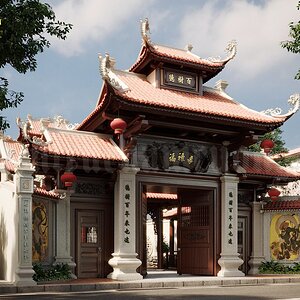

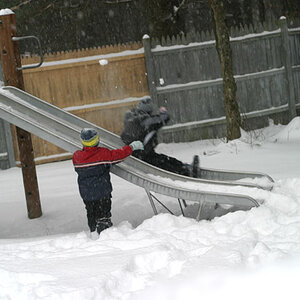
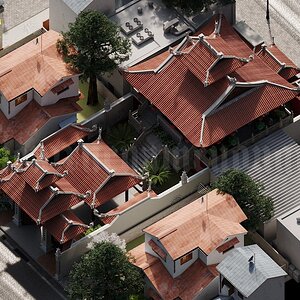
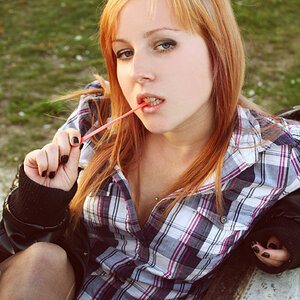
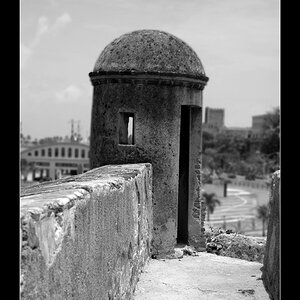


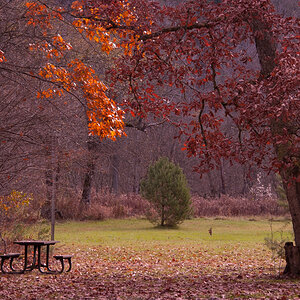
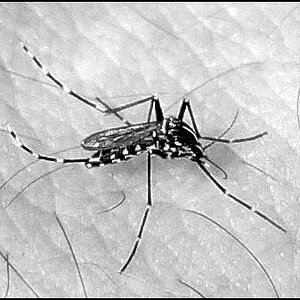
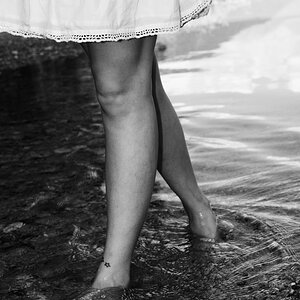
![[No title]](/data/xfmg/thumbnail/36/36680-2f2b1d32244516c9d5cf39af9b78b382.jpg?1619737677)